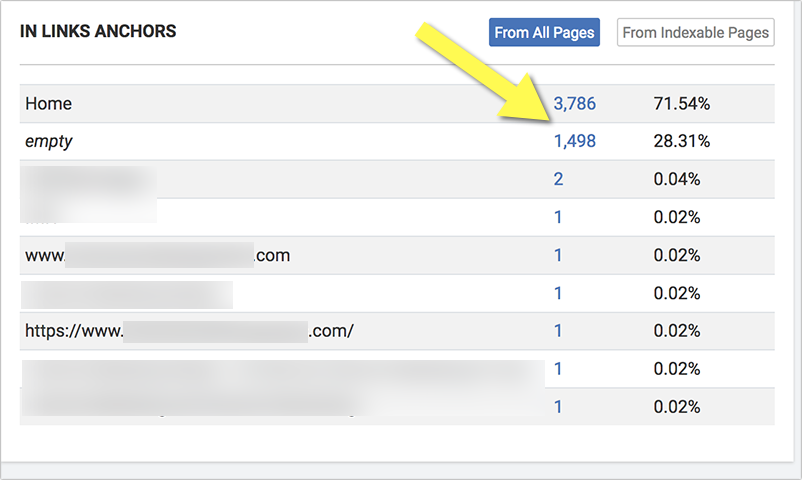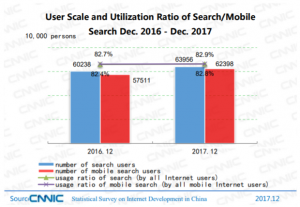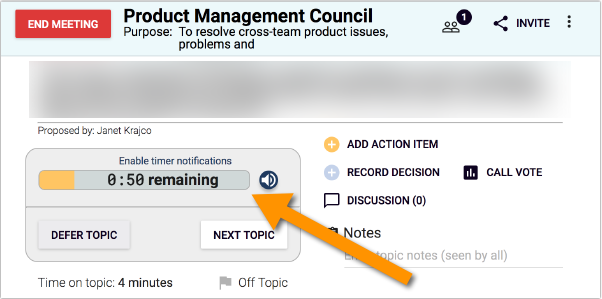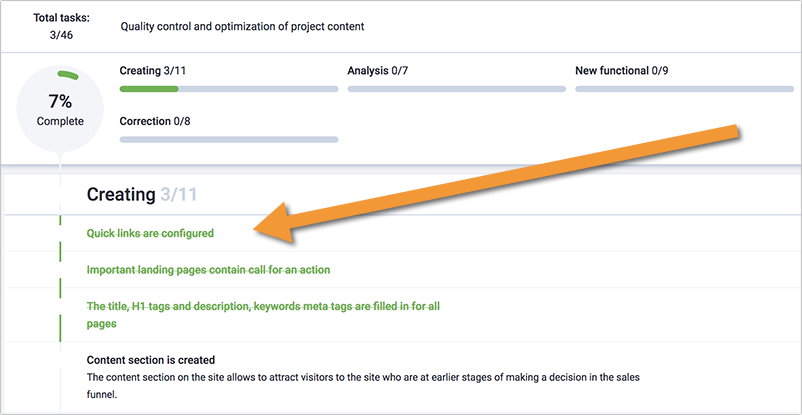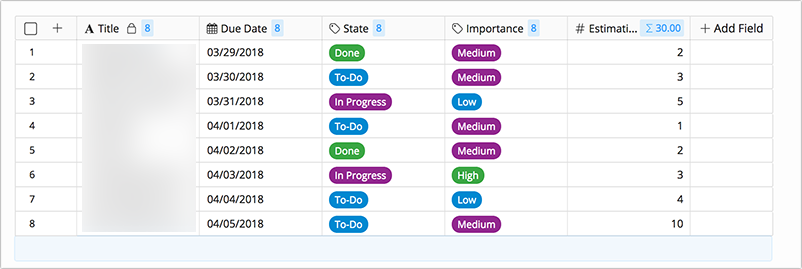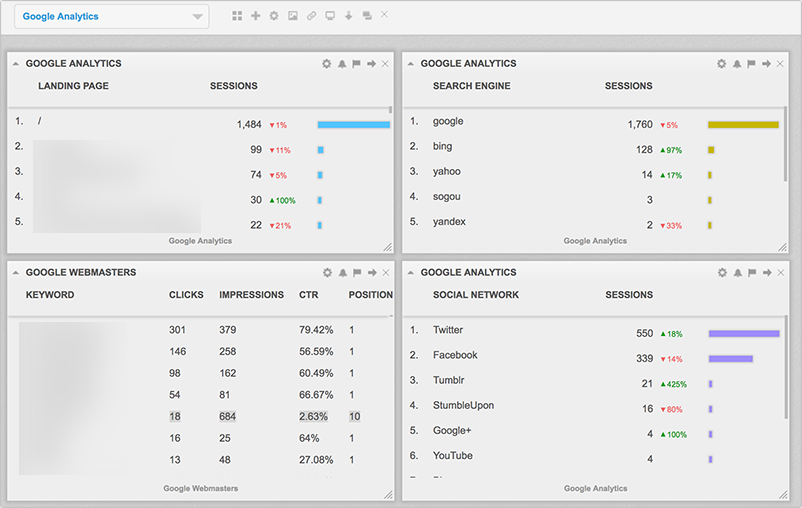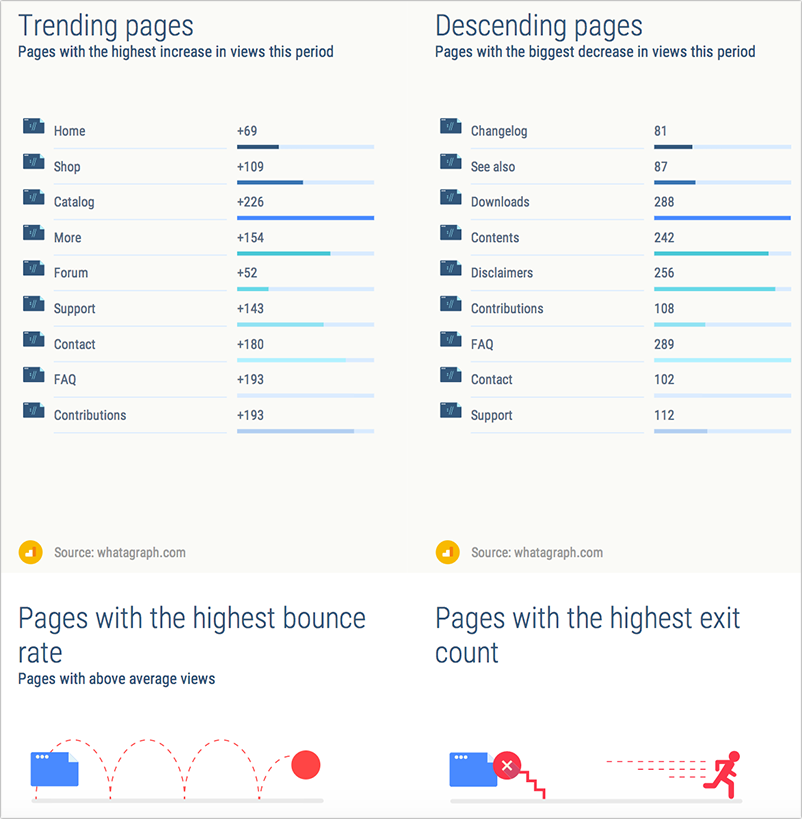We’re all scrambling to keep up with digital transformation, navigate which new technology is right for us, and nail that elusive “omnichannel, seamless, ultimate customer experience.”
Yet in all the hustle, we may be missing one of the most important pieces of the transformation process: bringing our internal teams with us. Before we can transform our digital prowess, we need to transform our company culture.
Last week we spoke with Siddarth Taparia, SVP and Head of Marketing Transformation at SAP. He argues that digital transformation is preceded not by technology but by people, and shares what SAP is doing to ready themselves for the future.
As a sidenote, Siddarth will be giving the keynote at the Transformation of Search Summit in NY on Oct 19. We touch on some of his views on the future of search in this conversation.
ClickZ: Tell us a bit about your position and what you work on.
Siddarth Taparia: I’m responsible for all marketing from a transformation perspective: how we need to transform, what role technology is playing in our transformation, and behavioral changes we work on.
SAP as a company has close to 400,000 customers worldwide. We operate in over 100 countries, and have roughly $28 billion in revenue every year. We have one of the largest ecosystems of partners, ranging from large technology companies like Microsoft and Amazon, to services partners like EY, to all our hundreds of channel partners.
CZ: You’ve got one of the largest companies in this space. How do you understand which technologies are right for you? How are you structuring your transformation?
ST: When I think about transformation, I’m not thinking about technology first.
That may sound a little counterintuitive because we’re a technology company. And to this day, technology remains a tool that is powering transformation. But the transformation itself is about two things: it’s about business results, and it’s about people.
When you bring those things together, that’s what brings transformation.
Change is hard—often what we’ve found is that changing the technology is the easy part. Changing the behavior of people takes a lot longer. We don’t think about the technology first. We think about what business results we’re trying to drive. Then we think about what technology.
I’m a big believer in what Peter Drucker said: “culture eats strategy for breakfast.” We can have the best strategy in the world. But to drive it into real change, we need to bring about a cultural change—that’s the hard part. Change management is not to be underestimated in any of this.
CZ: Could you give us an example of how SAP manages change?
ST: One of the big changes we’re in the process of driving right now is “how do we create a highly personalized experience for our customers when they come in?” Technology works best when it disappears. We want to make sure our technology disappears and our customers get a beautiful, personalized experience.
In order to make that happen, we have to drive a lot of internal change. We have to break a lot of silos between sharing of data. We have to look at what we know about our customers from other sources and how we can integrate it. That oftentimes means we have to change our internal processes.
In this case we’ve had to make sure we’re thinking about the customer journey first—before thinking about our internal organization and systems. We’ve had to look at the journey and say “here’s where the customer comes to us, here’s where they make certain decisions, here’s what the rest of their journey looks like, let’s optimize for that.”
Oftentimes, marketing teams are set up by certain structures: brand, events, advertising, digital. But it turns out the same customer is coming to an event, looking at an ad, going to sap.com, and having a one-on-one conversation with a salesperson. We’ve had to turn our systems and processes inside-out so we can have integration of data.
So first and foremost, we need to educate our employees about what we’re doing and why. Every employee in SAP marketing right now can tell you what we mean when we say customer journey. Then we think about how we can work with employees to provide better connectivity across our own systems. How do we change our technology and processes so that they’re not visible to the customer, but they accomplish what the customer cares about: when I go to your website or go to an event, you know enough about me to pick up the conversation from where it was left off last, so I’m not repeating information or having an experience that’s not highly relevant to me.
We’ve been working through this challenge for quite some time, especially as new technologies like AI and machine learning come in and are playing such a big role in terms of providing a much more personalized customer experience.
CZ: From a theoretical or strategic standpoint, that all makes perfect sense. But from a technological side, can you talk about what steps you take? How do you find the right technology?
ST: This is an ongoing journey for us—we’re in it right now. We have almost daily conversations on how to streamline our processes, how to make our CX better, and how to use technology to make that happen.
Right now, we’re looking at how we can send fewer emails to our customers and instead have them naturally come in and find us when they have a need.
None of us wants more emails in our inbox. What is the combination of products that serves us best to be able to be found when customers are searching? We’ve looked at third-party solutions, emerging solutions, and in this case—we’re lucky being a tech company—at our own products. Naturally we have a content marketing strategy so our content is relevant and can be found on Google at the point of need. Not proactively pushing it into inboxes, but ready to be found when the customer is looking. Once they find us, we can engage with them and continue to advance their journey.
If our goal is to improve CX, what are the specific actions we want to take? We want to move away from pushing out marketing messages like email, and toward letting customers come to us and engage at their point of need.
Then we ask what type of technology we need. That could turn into a broad discussion about if we need to change our content marketing strategy, or about how we nurture our customers and provide them the right information. Once we’ve identified those big blocks, we look at the specific technology pieces.
Then the business case kind of builds itself. You’re saying this is what we want to do, this is how we want to do it, and these are the technologies we need to deploy it.
A big part of it is working with our business—operations, sales, front end of customer journey—and leadership team to make sure what we’re doing aligns.
Once we’ve done all that, that technology implementation is the relatively easy part in this day and age. The challenge becomes working with people and educating them on new ways of defining things.
So for instance, that sending fewer emails will improve customer experience and drive better results. There’s always skepticism involved.
People say, “I’m sending out 1000 emails with a 1% open rate and we’re getting a certain return from that. Why do I need to change it?” The conversation at that point is, “it may be working well today, but look at the trends: people are opening less email, paying less attention to information being pushed to them, and using more search and social recommendations to go find information they need.”
We have to educate and enable our people so they can go through the journey with us.
And then of course one of the most important pieces is being able to provide results: how was our email working before vs our end-to-end personalization programs now?
CZ: Can you give any other examples of what SAP does to make sure employees are drivers of technological transformation, rather than reticent toward adapting it?
ST: Our leadership is very in tune with asking, “why are we doing this?” and always bringing it back to a business objectives. When we’re able to explain it internally, then usually we’re able to explain it to our employees very well—it will drive leads, revenue, etc.
Marketing changes almost every 18-24 months completely. The key is bringing employees along on that journey.
Right now, we’re putting in place a heavy duty training program for our employees, so they can build up their digital skill sets for the future. Those skill sets change every 2-3 years, because the market is moving so fast. We want not just our leadership, but every single employee in SAP marketing to be thinking about the skill sets of the future, technologies of the future, and new ways of doing business to drive results.
Change requires a big amount of culture and mindset shift.
In the old world, SAP used to sell on-premise software. The customer would buy their own server, their own computers, and deploy the software. They would pay for the software once and then use it forever. Now, that model has completely changed. With cloud and SaaS, customers are paying a subscription—they’re essentially renting it as they go, which is a huge shift in the market.
From a marketing standpoint, focusing on the point of sale is now just the first step in the customer journey. What used to be kind of the last step—the customer bought the software—has become the first. Now, they need to deploy it, they need to be productive on it, and they need to continue to use it, or they’ll go to your competition. They don’t have a big investment in it, and can just change providers. The care of a customer after they’ve bought something from us is now tremendously important for a company like SAP. That’s a huge shift in mindset for employees—now thinking about the entire customer life cycle.
We started an initiative called Customer First, thinking about how we can have customers for life. Where are our customers in their journey? Are they productive? Are they making use of it? Are they getting business value from it? That’s been a big change for us.
So again, we focus on educating employees on what the new business model is and why it’s changing, and what new technologies they need to think about.
With that, it’s also changing the internal KPIs and metrics we use for success. Now we think about how marketing contributes to adoption and customer lifetime value. KPIs, employee mindsets, technologies we use, and processes we follow internally all have to shift. That’s a big change we’ve driven internally in marketing over the last couple years.
CZ: Search is obviously a key channel to be able to pick up on customer signals without sending a bunch of emails. What’s your view on the changing role of search, and the role of search as part of the broader marketing transformation?
ST: To me search is the most important starting point for any conversation you’re going to have in the future with a customer. Forget B2B and enterprise technology, the business that we’re in. In our personal lives, if you’re thinking about buying a new exercise machine or a new book, where do you go? You go to Google, or Bing, or DuckDuckGo, or whatever your preferred search engine is. That’s the starting point of the customer journey today.
From our perspective, it’s incredibly important to think about how we show up on search. We’ve made a lot of investments in paid search, but we also think about SEO for our own content. Our content strategy is highly based on search—we make sure that our content, thought leadership, research, and the work we’re doing actually ends up being seen by customers. The way to do that is through search.
It’s the ultimate editorial of our time. If you don’t show up on the first page of Google search results, you might as well have called it a day and gone home, because it’s never going to be seen by your customers. From our standpoint, one of the most important things is to make sure that each of our products shows up in the search results for their categories. We make sure our owned, earned, and paid efforts align with our search strategy. This is a change that’s been around for quite some years. We’ve been working with Google, Bing, and others. Search engines have been highly relevant to us for more than five years now in terms of thinking about search as a logical starting point in the customer journey.
CZ: As things like voice search increase, for example, what’s your view on that?
ST: I think of it in two parts. Already in the last couple years, with a large volume of search moving from desktop to mobile, the relevance of the number of search results became much more important. You could see maybe fifteen results on your desktop, but you only see five on your mobile. That’s point 1. Point 2 is that when you then go to voice, it goes from five to maybe one result.
Not only do you have to have a proactive search engine strategy, you also have to have a very proactive brand strategy.
We as a company are one of the most valuable brands in the world—the 17th most valuable according to the latest brand rankings. We’re one of the most valuable brands in Europe. That helps us stand out from the crowd. It helps us get recognized.
Voice search is highly relevant—we’re thinking about it every single day. The number of results is shrinking, and people are paying attention to fewer things.
A combination of a more proactive search strategy and a stronger brand—we’ve gone from #21 to #17 just this year—both of those things help our rankings. Some people see our results and can’t tell a difference from one company to another. As consumers we tend to go with brands that are recognized, trusted, and have been in the business for a long time. The value of brand is not to be underestimated in this day and age.
source
https://searchenginewatch.com/2018/09/19/89580/qa-sap-digital-transformation-search
